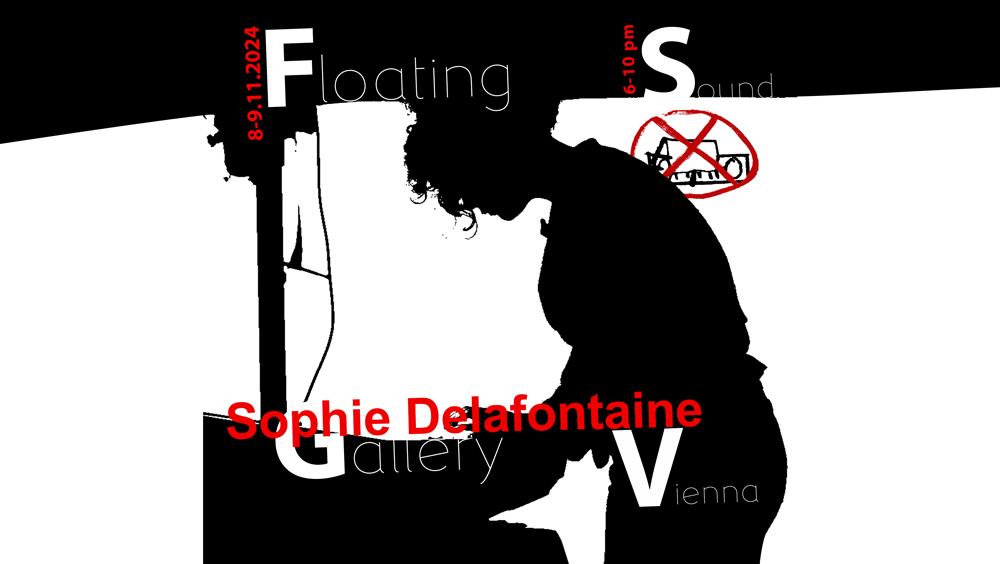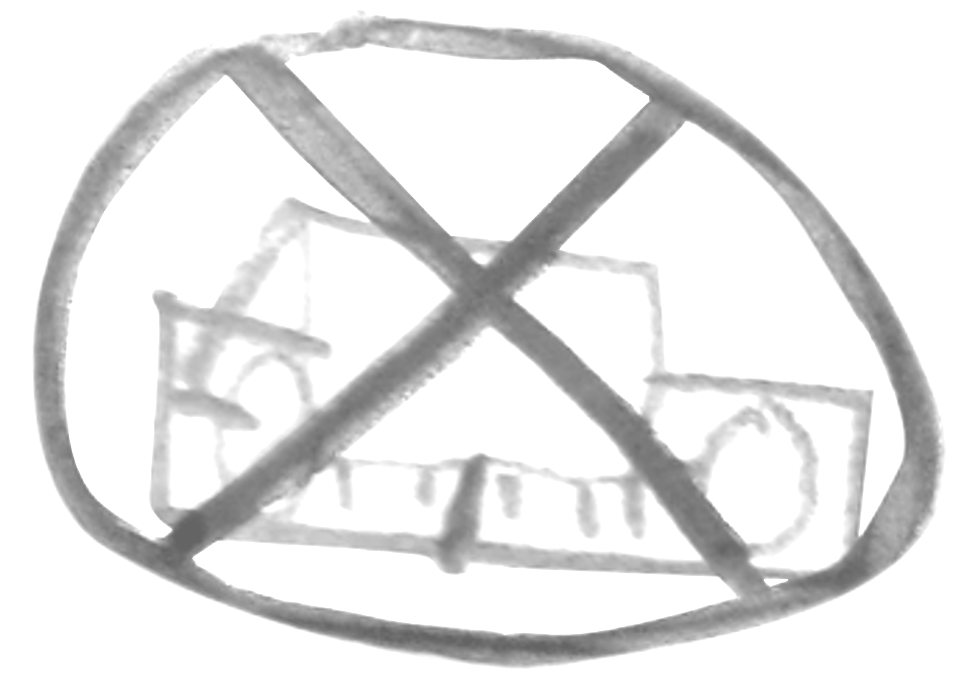FLOATING SOUND GALLERY
Vienna
Sophie Delafontaine
Circuit Fantôme Season 4 Episode 13curated by Anton Iakhontov (Patrick K.-H.) and Daniel Teruggi,
Fr, 8 November, 2024
18.00-22.00
Pay as you wish
18.00-22.00
Pay as you wish
Sa,
9 November
, 2024
18.00-22.00
Pay as you wish
18.00-22.00
Pay as you wish

Since the age of four, Sophie Delafontaine has loved and discovered several genres of music through her dance practice. She stumbled upon acousmatic music while dancing and moving. At age 20, she left Switzerland on a piece of advice from Sylvette Vezin and moved to Belgium where she studied acousmatic composition at the Conservatoire royal de Mons / Arts2 — École supérieure des arts (Mons, Belgium) with Annette Vande Gorne, Philippe Mion, and Ingrid Drese. She obtained her master’s degree in 2014. She gradually understood that what drives her interest for acousmatic art — the concrète approach — is the relationship between acousmatic music and contemporary dance she was taught through Alwin Nikolaïs’s philosophy.
Although I spent all my childhood in Lausanne (Switzerland), my family comes from the Jura region. I did not go there often but I keep a vivid memory of a stroll in Creux-du-Van. It is a huge rock amphitheatre. From its heights, one has a spectacular view over a large part of the Jura region, but what struck me most is how you can see the various layers of rock inside the amphitheatre left exposed by the slow erosion of a glacier.
Creux-du-Van, 11'56" (2014)
In this work, I wanted to recreate the specific atmosphere of that place, imagine the wind spinning inside this gigantic hollow and the water that flows between layers of rock. The strata overlap and then separate. Time flows slowly and inevitably reveals new landforms.
— Sophie Delafontaine [English translation: François Couture, iii-19]
Ressort spiral, 10’35’’ (2014-16)To Cyril
Everything is small in the world of watchmaking. So small sometimes that things barely make any noise; so small your eyes hurt.
The spiral spring [“ressort spiral”] is the centrepiece of the watch. It is attached to the pendulum to which it relays the energy that makes the watch turn. In this tiny part is stored all the energy the watch needs to operate. The spiral spring is energized when the watch is wound up, then it relaxes gradually, making the hands rotate for days.
I am fascinated by this contradiction. How can such a tiny thing have such strength?
While creating this music I immersed myself in my grandfather’s universe. With the help of my second cousin, an apprentice in fine watchmaking, I was able to discover a part of a world that I had only glimpsed.
— Sophie Delafontaine [English translation: François Couture, iii-19]
Ondiésop, 07’03’’ (2015)We begin
Let’s start
Let’s sing
The Muses
of our mountains
This is where we must start
in order to sing.
Let’s start
with the Mountain Muses
They who keep
the Great Enchanted Mountain.
Excerpted from Hesiod’s Theogony (as translated in French by Matteo Capponi) under the title La naissance des dieux [our translation]
— Sophie Delafontaine [English translation: François Couture, iii-19]
Ondiésop was realized in 2015 at the composer’s studio in Brussels (Belgium) and premiered on October 25, 2015, during the L’Espace du son festival at Théâtre Marni in Brussels (Belgium). It was commissioned by Musiques & Recherches. Thanks to Lucie Rausis (recorded voice) and Matteo Capponi.
Gris souris, 10’03’’ (2017)Ardoise noire de brune
Ardoise gris souris
Ardoise bleue de lune
Satin du matin
Velours de la nuit
Ardoise éblouie
extrait de « Ardoises » de Jacques Prévert
Trouée, 11’24’’ (2021)Waiting
Waiting
Looking at the sky
Waiting
The clouds
Waiting
Still waiting
A breakthrough
I began composing this piece in February 2020, during a residency in the Musiques & Recherches multiphonic studio. Unfortunately, the Covid's initial confinement stopped me in my tracks. I was only able to continue working in August. The second wave of the epidemic interrupted me again, and I finally finished my music in March 2021. It's the first time I've worked in such a fragmented way. This has certain advantages: it's easier to step back from what you're doing as time goes by. But it's still hard to get back into creating something that's been put aside for over 6 months. I should mention the rather particular context of this creation, as it has inevitably influenced my work and ties in with the subject I wanted to tackle in my piece: waiting. What to do with waiting? Dread it or enjoy it? Personally, I find it hard to bear in any context. Creating this piece, in the context of the Covid pandemic, has helped me to accept it more serenely. I hope you enjoy the dose of expectation in my music and savor it with relish.
Composed with the help of the Fédération Wallonie-Bruxelles. [2021]
Supported by Stadt Wien Kultur + BMKÖS

